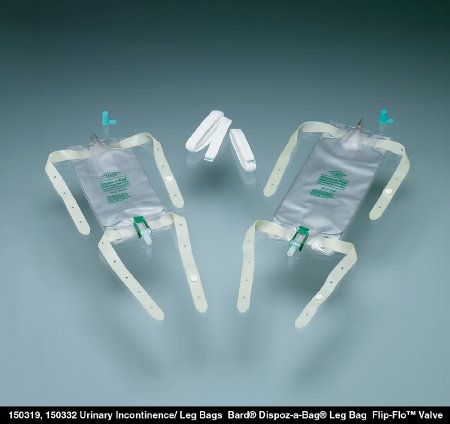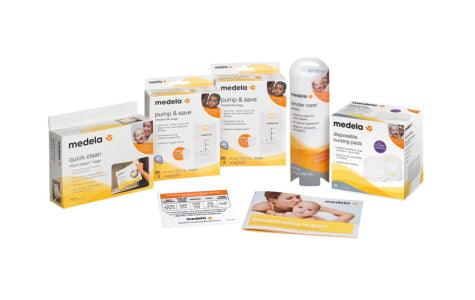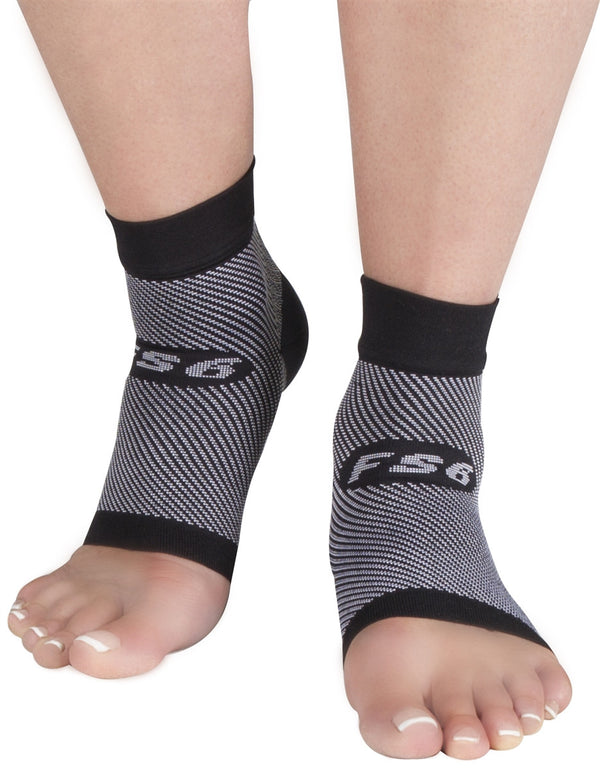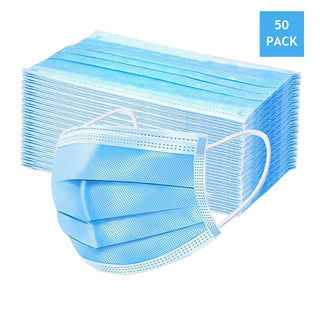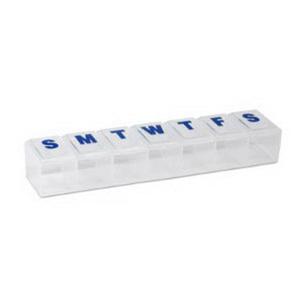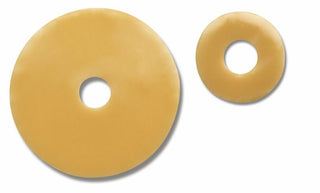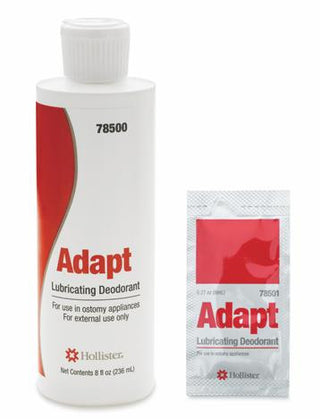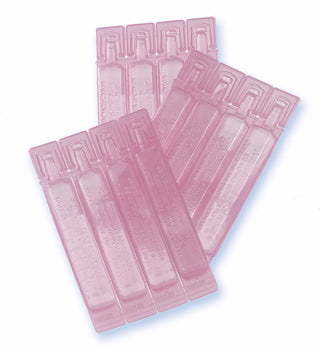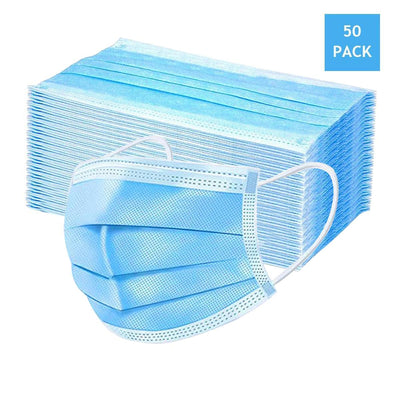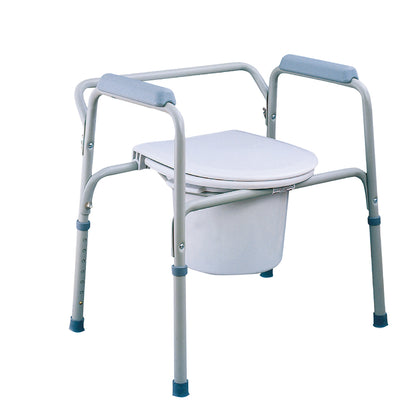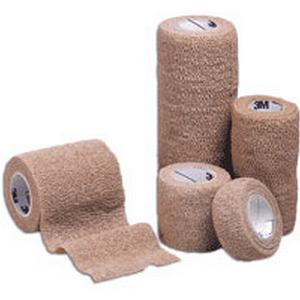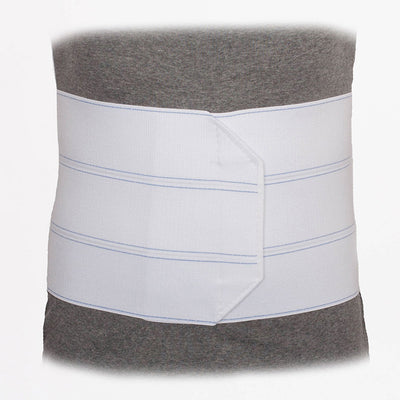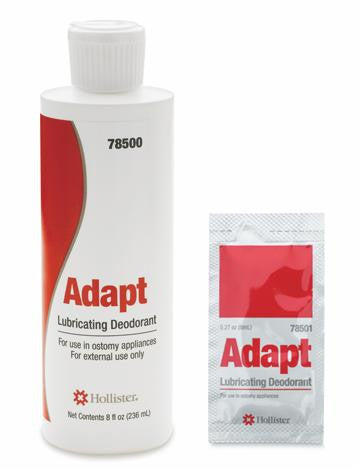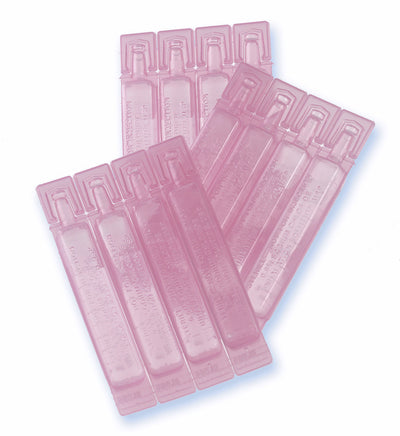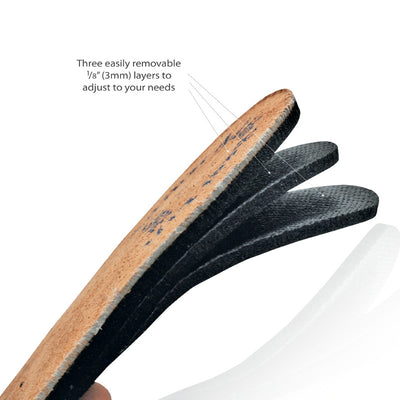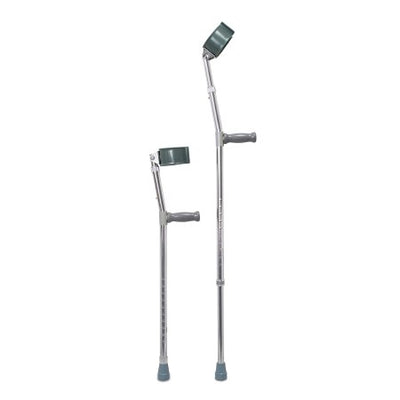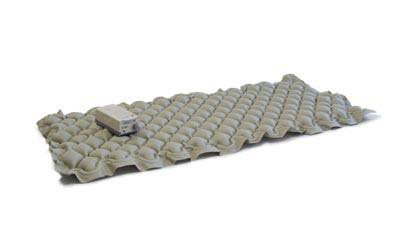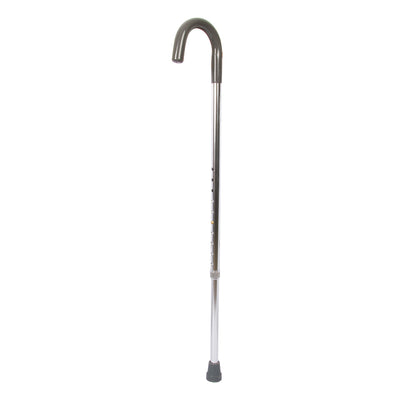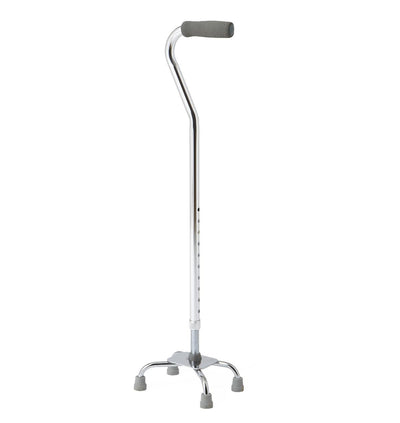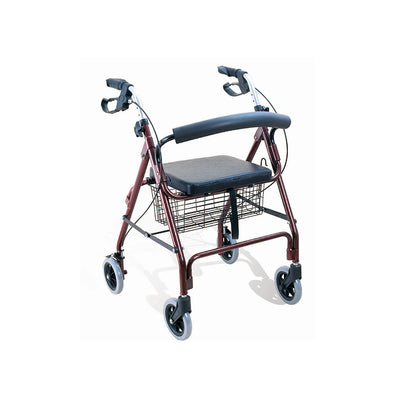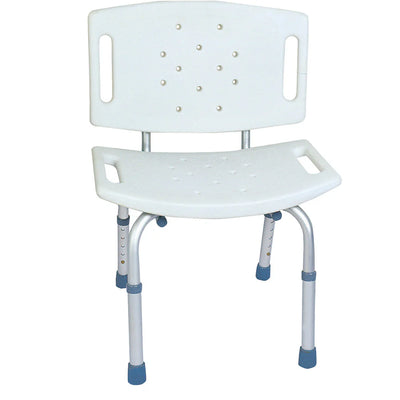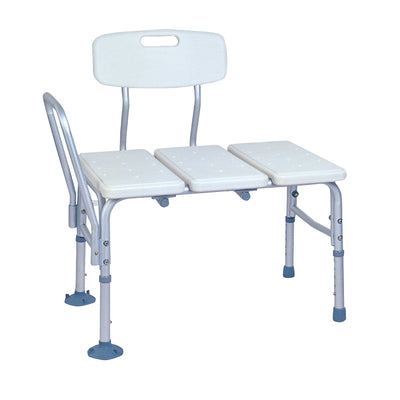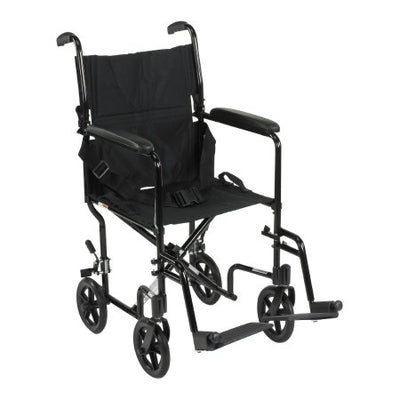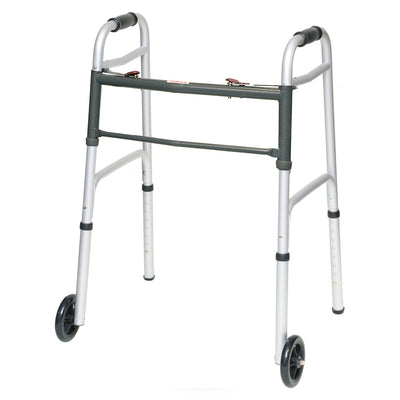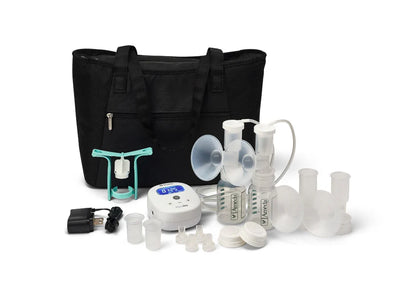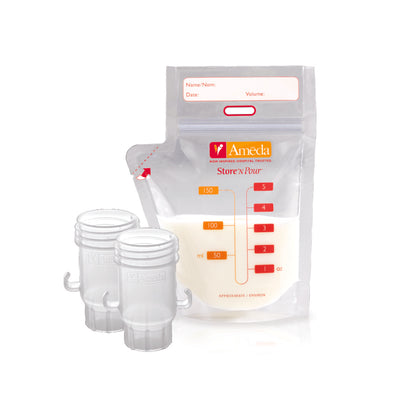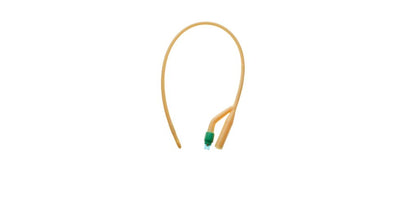We're kicking off Spina Bifida Awareness Month as October gets underway. During this time, we're spreading knowledge concerning one of the most common birth defects in the United States. For being the most common, there's a surprising learning gap that Spina Bifida advocates are seeking to close. That's what we're here for. Let's walk through Spina Bifida, how it affects people, and how we're able to make a difference.
Translating to split spine, Spina Bifida is a birth defect characterized by a fetus's spinal column not fully closing while developing in the womb. Medical professionals remain unsure of what causes the condition, but reasonably suspect that it's a combination of genetic inheritance and environmental factors.
The condition has four different manifestations:
- Occult Spinal Dysraphism: Newborn babies with OSD have dimples in their lower backs. Because back dimples aren't particularly uncommon in newborns, infants with these should be checked by a doctor to confirm whether or not there are defects with the spinal cord.
- Spina Bifida Occulta: This version is tricky and is commonly referred to as hidden Spina Bifida because it doesn't have visible symptoms and generally causes no bodily harm. In some cases, there are neurological symptoms and pain, but Occulta is generally discovered while a patient is receiving treatment for a completely different condition.
- Meningocele: A more intense physical manifestation, part of the spinal cord pushes itself out of the spine itself, forming a sac filled with nerve fluid. Babies with a meningocele are susceptible to minor disabilities if not treated promptly.
- Myelomeningocele (Meningomyelocele), also called Spina Bifida Cystica: The most severe form of Spina Bifida, Cystica is when parts of the spinal cord come through openings in the spine. It commonly causes nerve damage, physical disabilities, and neurological symptoms that can result in hydrocephalus.
All of these versions of the condition are time sensitive and most require surgical attention within days of birth. It's important to monitor the newborn, both pre-birth and post-birth, to assure that any potential complications are dealt with in a timely manner. Awareness and open communication with your doctor are the best ways to stifle Spina Bifida from the beginning.
The Centers for Medicare and Medicaid Services reported that in 2015, spending on medical equipment like wheelchairs and other mobility aids associated with the effects of Spina Bifida reached approximately $48.5 billion. Our goal is that through increased awareness and education, the prevalence of Spina Bifida and future need for such mobility aids will decrease in tandem.
To find more information about Spina Bifida and how you can get involved and become an advocate, visit the Spina Bifida Association website for information on events, chapters, and support systems near you.








